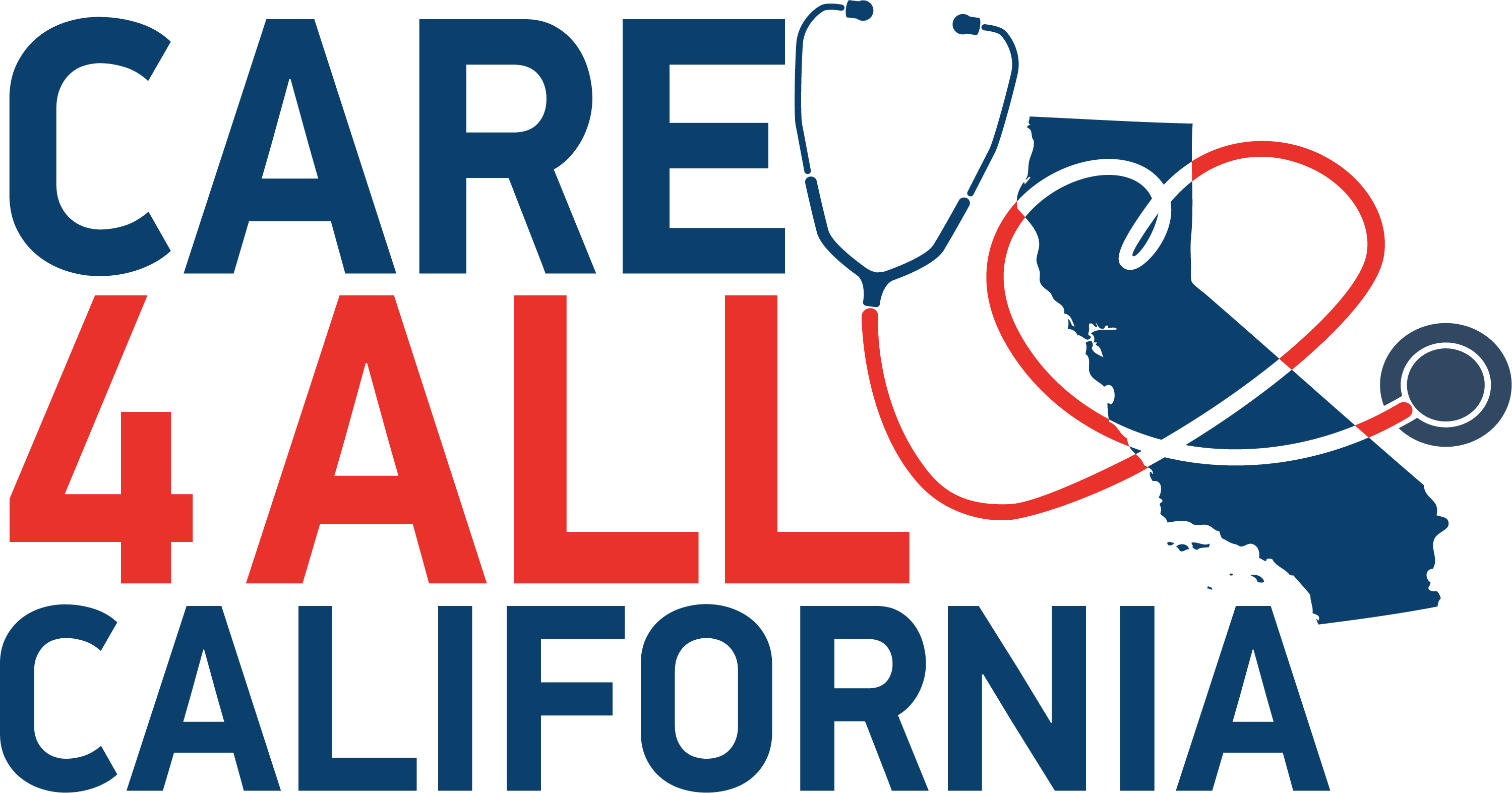In 2021, the #Care4AllCA coalition made historic progress passing a package of bills and budget items that continues the progress California has made implementing and improving on the Affordable Care Act over the last decade. This year our coalition of over 70 organizations backed a package of nine priorities, and will continue to seek additional and bold action to achieve a universal health care system that is affordable, accountable, and equitable to all Californians. These are the steps we can take now, without the need for federal approvals or Acts of Congress, in this urgent moment to help emerge from the current pandemic, and set us up for a stronger health system for the future.
TOWARD UNIVERSAL CARE: COVERING ALL CALIFORNIANS & INCREASING AFFORDABILITY
Everybody benefits when everyone is covered, getting primary and preventive services to stay healthy. State budget and policy steps can remove exclusions and increase affordability to further lower the uninsured rate.
SB 56 (Durazo) & AB 4 (Arambula): Expand Medi-Cal Regardless of Immigration Status, Toward the Goal of #Health4All. Medi-Cal should cover all income-eligible adults regardless of their immigration status, starting with seniors, the most vulnerable population currently excluded from public programs, who are particularly at risk from COVID-19. [Co-Sponsored by California Immigrant Policy Center and Health Access California]
STATUS: Expansion of Medi-Cal for all income-eligible Californians aged 50 and over included in state budget. Two-year bills still pending for action in 2022.
Increase Affordability Assistance in Covered California. ACA subsidies helped millions of people afford health coverage, but more financial assistance is needed, especially in a high-cost state like California. New federal premium assistance—modeled on what we won in California—is a key victory for consumers and will supplant existing state subsides. California should extend and repurpose state investments to lower or eliminate ever-rising deductibles, guaranteeing zero premiums for those with lower-incomes, and address other inequitable cost-sharing to help more Californians get covered. [Budget effort sponsored by Health Access California]
STATUS: State subsidies to provide many with zero premium coverage included in state budget, along with study to review options for reducing cos- sharing, setting up additional action in 2022.
SB 644 (Leyva): Connecting the Unemployed to Covered California and Medi-Cal. The pandemic has seen many lose not only their jobs, but their health coverage as well. This bill will require California’s unemployment agency to pass on the information of people applying for or losing unemployment benefits to Covered California to help people enroll in the exchange or Medi-Cal, keeping more people covered. [Co-Sponsored by Health Access California, California Pan Ethnic Health Network, Western Center on Law & Poverty]
STATUS: Two year bill, still pending
Medi-Cal Continuous Coverage for Young Children and 12 Months Post-Pregnancy Coverage. California should provide twelve months of Medi-Cal coverage after the end of a pregnancy regardless of mental health conditions and maintain eligibility and continuous coverage for children from birth to age 5 without requiring renewals. [Budget effort sponsored by The Children’s Partnership & Maternal and Child Health Access]
STATUS: Post-pregnancy coverage included in state budget. Additional action needed for continuous coverage for children up to age five.
IMPROVING HEALTH CARE EQUITY & QUALITY THROUGH ACCOUNTABILITY
Once enrolled, all Californians should be able to access quality care, and our health system should be held accountable for improved health outcomes and reduced racial disparities and other inequities. State efforts should focus to population health rather than profits while ensuring than the system serves the specific needs of California’s diverse communities.
SB 65 (Skinner): “Mom”nibus. Racial disparities in maternal and infant death can be closed by holistically supporting birthing people and their babies through income support, expanding access to Medi-Cal coverage in the postpartum period, expanding access to doulas and midwives, and improving investigation of maternal and infant deaths. [Sponsored by Black Women for Wellness, National Health Law Program, Western Center on Law & Poverty]
STATUS: Passed and signed into law. Momnibus 2.0 set for additional action next year.
AB 470 (Carrillo): Eliminate Assets Limit for Seniors in Medi-Cal. No one should lose access to Medi-Cal for having small amounts of savings. [Co-Sponsored by Western Center on Law & Poverty and Justice in Aging]
STATUS: Asset test elimination included in state budget. Two year bill pending.
Field Test Translated Medi-Cal Documents: For the many Medi-Cal beneficiaries who do not understand the materials they receive, this budget request would require documents be written in simple, culturally appropriate language, and be subject to field testing by native speakers to review translations for accuracy, cultural appropriateness, and readability. [Budget effort Sponsored by California Pan-Ethnic Health Network, Western Center on Law & Poverty]
STATUS: Included in state budget.
AB 1204 (Wicks): Equity Reporting to OSHPD. The Office of Statewide Health Planning and Development (OSHPD) would require hospitals and large medical groups to submit race-disaggregated quality data and develop an ‘equity plan’ on how to address any identified disparities. [Sponsored by SEIU California]
STATUS: Passed and signed into law.
REDUCING HEALTH CARE PRICES
The United States spends more than all other industrialized countries on health care per person, not because we use more services or have better health outcomes, but because prices are higher. Consumers need greater oversight on health costs, consolidation, and collection practices to stop sky-rocketing health care prices.
AB 1130 (Wood): Create an Office of Health Care Affordability. In order to address costs across the entire health care system, an Office of Health Care Affordability would be established to collect and analyze information and identify trends in health care prices. The Office will set enforceable cost targets for health care affordability while also aiming to improve quality and equity. The Office will provide data and tools to meet these goals, and ensure accountability if they don’t, including the ability to levy financial consequences.
STATUS: Two-year bill pending for additional action, through legislative or budget process.

